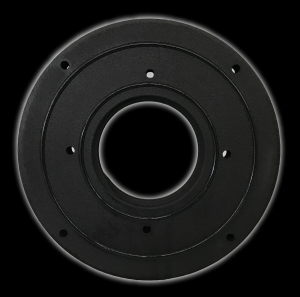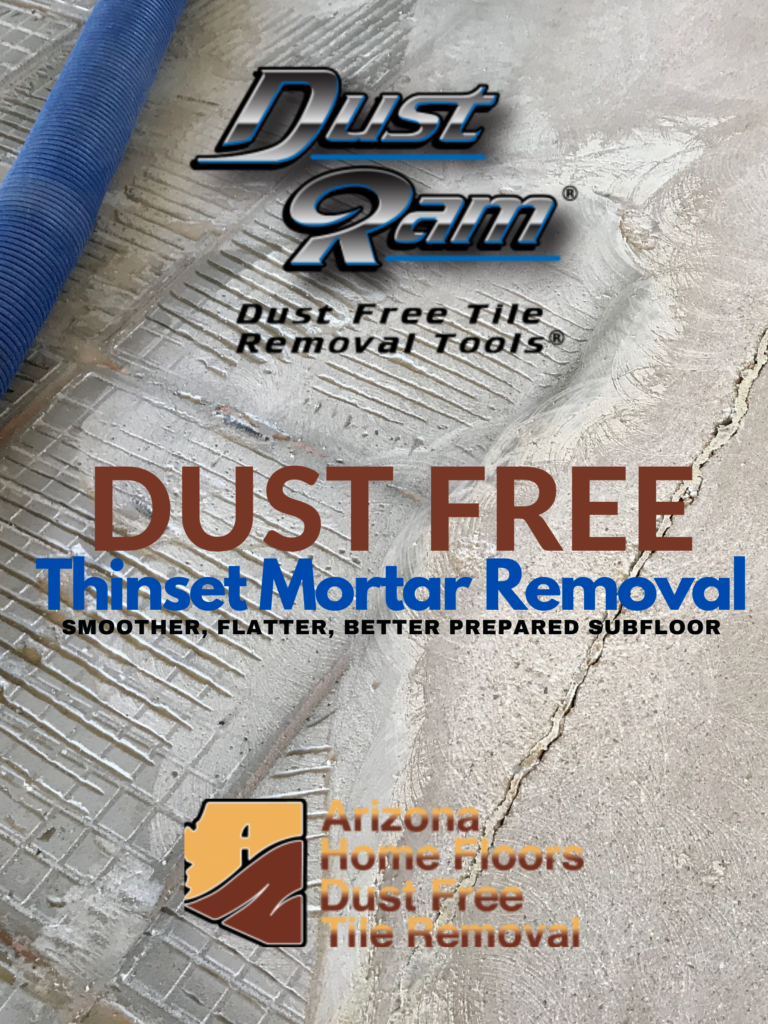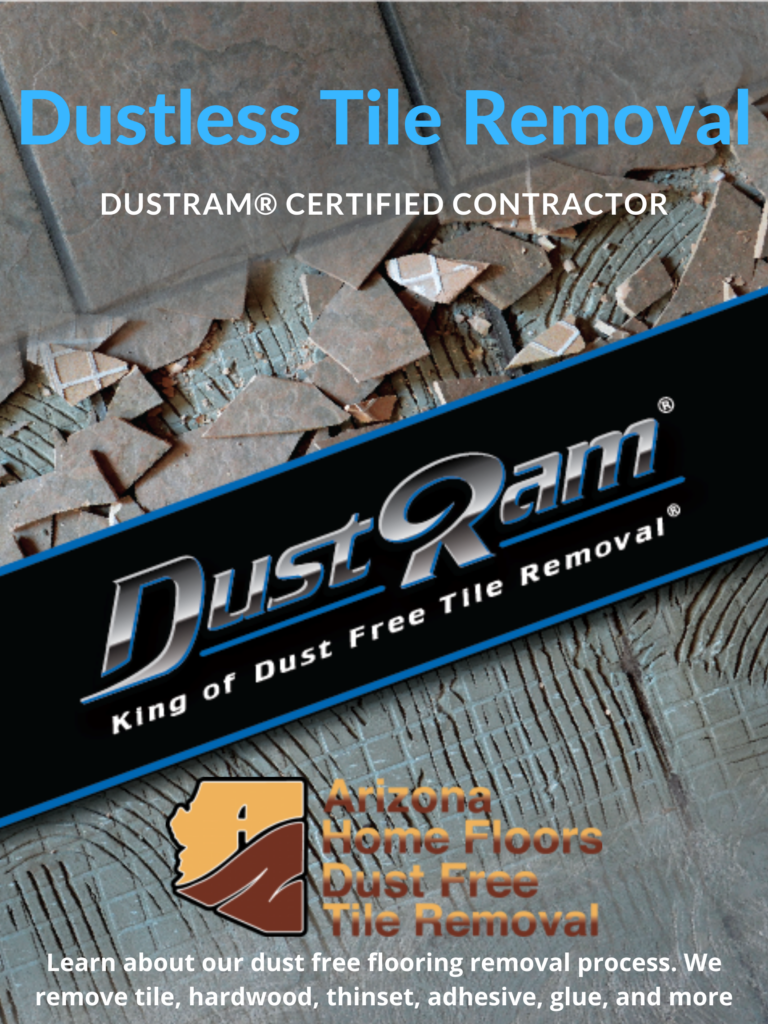
3D Printed Filter Plates For The Pulse-Bac® Vacuums Series – 1000, Pro, HPLM

Hi, my name is Jack King. In my early start-up years, I was purchasing a particular pulse bac vacuum from *CDC LaRue® Industries, namely the *Pulse-Bac® 1250 vacuum, the big brother to the Pulse-Bac® 1150 and the Pulse-Bac® 1050 units, and its smaller cousin the Pulse-Bac® 550. I began the pursuit of dust-free tile removal equipment beginning around 2007 shortly before the big recession. Now in 2021, I have 24 issued patents with many more on the way. The DustRam® System is the world’s only patented dustless tile removal system of its kind.
I had first purchased this vacuum to help with floor preparation and grinding concrete humps and other surface defects from subfloors. However, I soon discovered removing tile, stone, thinset, and other difficult materials were much harder on the vacuum’s components than just grinding the cream from the top of concrete. Dustless tile removal requires one or more vacuums to work for extended periods, typically under heavier than normal loads and at times very hot environments such as those found in Arizona, Texas, and Florida.
Dustless Tile Removal Tools and Equipment

Improved and Developed 3D Printed CDCLarue® Filter Adapter Plates
Used With the Pulse-Bac® 1000 Series, Pro Series, and HPLM Series Vacuums
An instructional video on how to convert your current CDCLarue® Pulse-Bac® filter plates over to the 3D printed version manufactured by DustRam, LLC.
At every opportunity, I looked for ways to increase performance, longevity, increase the amount of production I could squeeze out of a vacuum, and make parts and filters last longer. To purchase these 3D printed filter plates will require the purchaser to complete an NDA prior to the sale or shipment of equipment. You can contact us NOW to purchase the 3D Printed CDCLarue® Pulse-Bac® Filter Adapter Plates manufactured by DustRam® LLC.
One of my ideas was to build a 3D printed version of the existing Pulse-Bac® Filter Plate to incorporate two sets of O-rings. This 3D-printed adapter plate is a solid version and is impervious to cracks, even over time and heavy use. Because of the thin-walled nature of thermoplastic injection molded parts, they can develop cracks, allowing dust to migrate into the interior parts of the vacuum. This can cause contamination throughout the entire vacuum, including the valves, solenoids, connecting rods, bearings, and electric motor.
Watch DustRam® Remove Tile, Dust Free.

Cracked Plastic Plates Invite in Silica Dust & Gets into the Solenoids
DustRam® LLC 3D Printed CDCLarue® Filter Adapter Plates for The Pulse-Bac® 1000 Series, Pro Series, and HPLM Series Vacuums (pulse bac accessories). Notice the cracks in the CDCLarue® Pulse-Bac® filter plate? These cracks can allow dust to migrate into the interior of a vacuum. To see this image in a large format, please click this image to open in a new window. (Pulse bac accessories)
When going for dust free results, a vacuum leaking dust between the filter and the connection plate will make that goal nearly impossible. Silica Dust is harmful to all living beings. It is also a form of microscopic grit, which is abrasive to moving parts. Keeping moving parts clean is important to increase up-time and reduce maintenance costs.
Here is a video showing a filter change on a DustRam® LLC modified Pulse-Bac® PB-1250 vacuum, with the solid 3D printed filter adapter plates installed. Please note how clean the interior of the vacuum is after removing a filter approximately 4 months old from a vacuum used heavily daily.
*Disclaimer: Pulse-Bac® and CDCLarue® are registered trademarks of Christy Inc. Please Note: DustRam, LLC does not sell, distribute, or manufacture Pulse-Bac® vacuums or distribute CDCLarue® manufactured parts. However, DustRam, LLC does manufacture certain aftermarket performance products, which can fit certain models of their vacuums.


